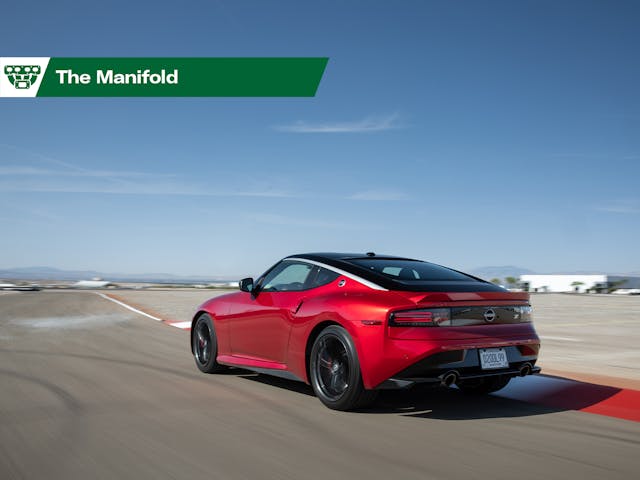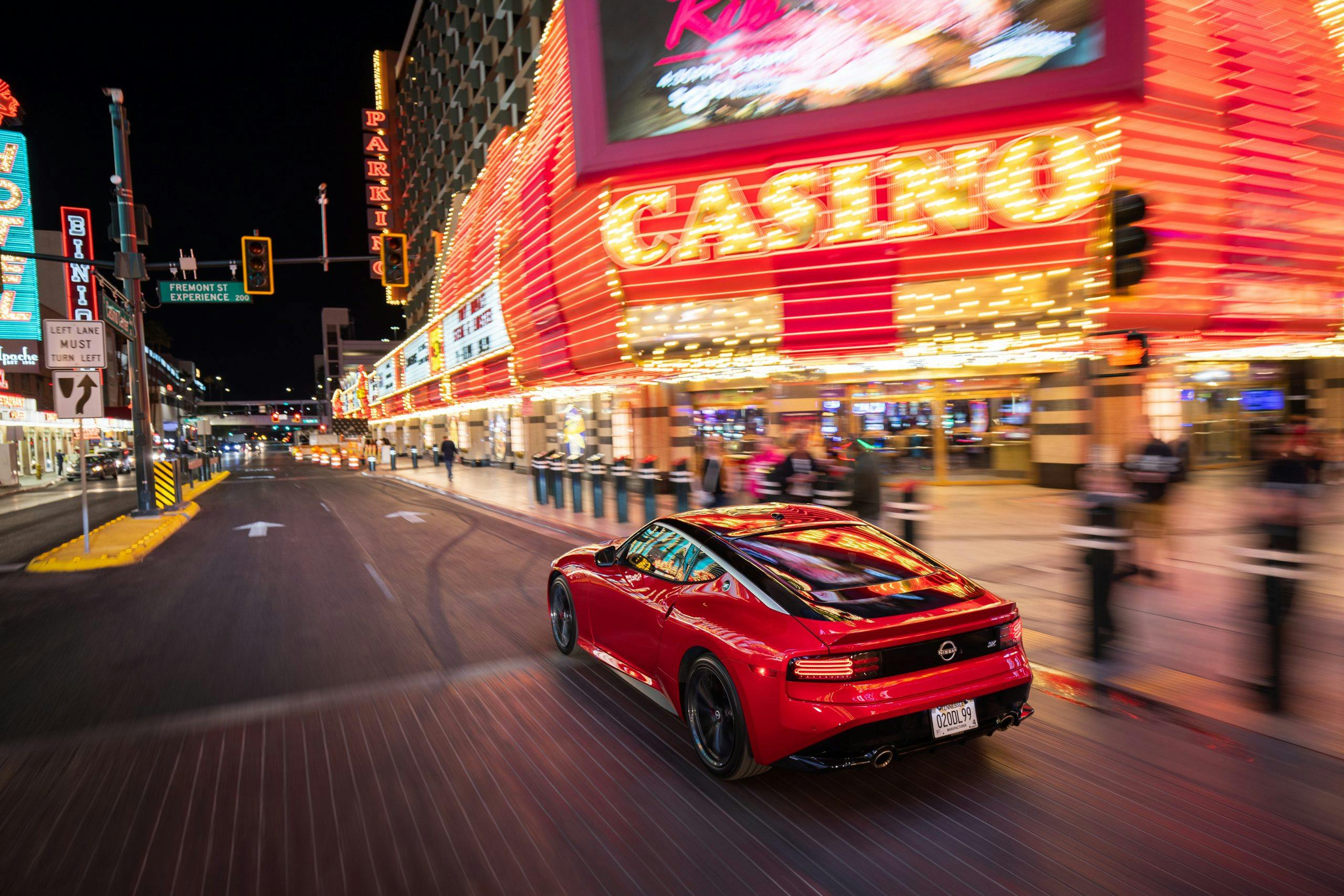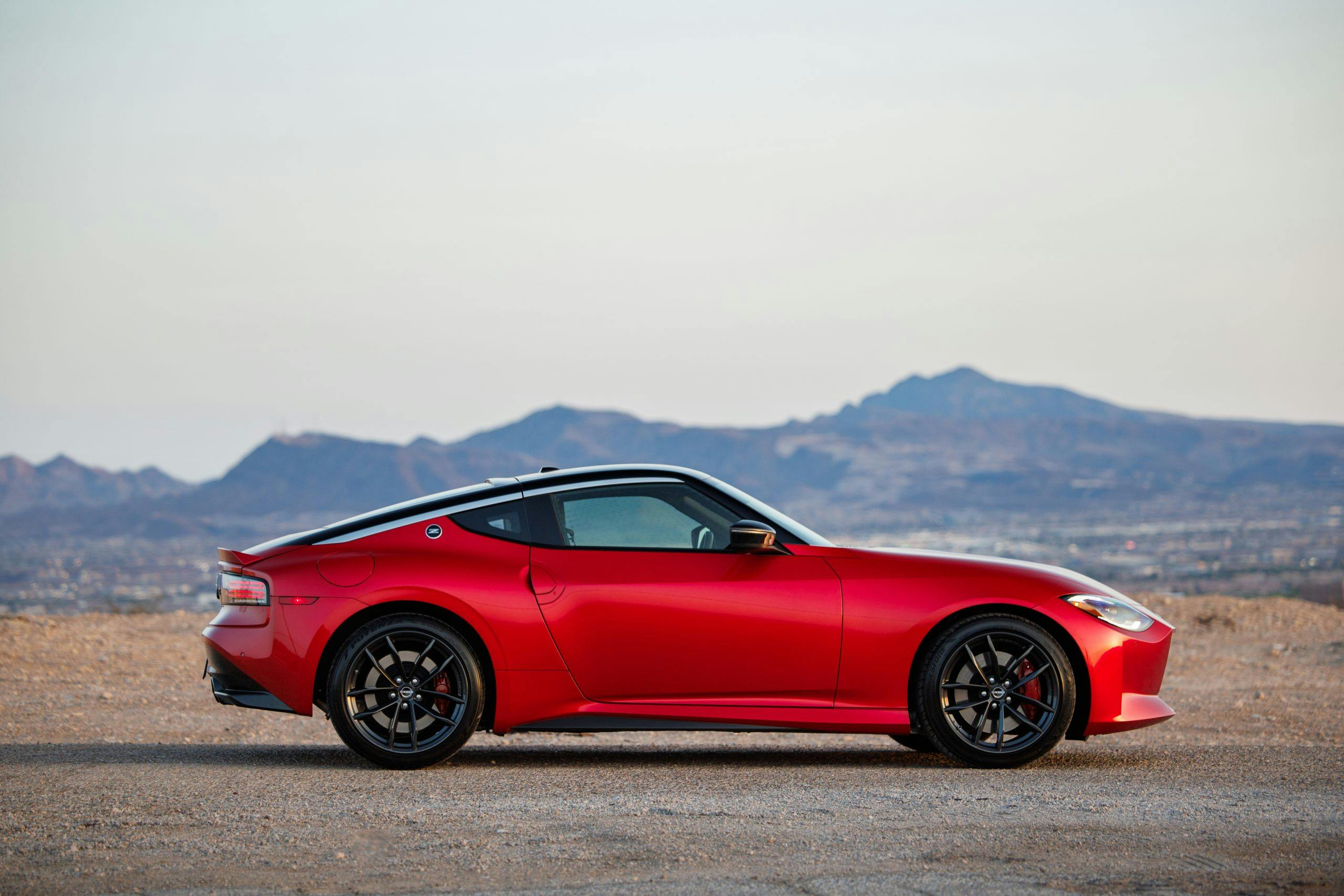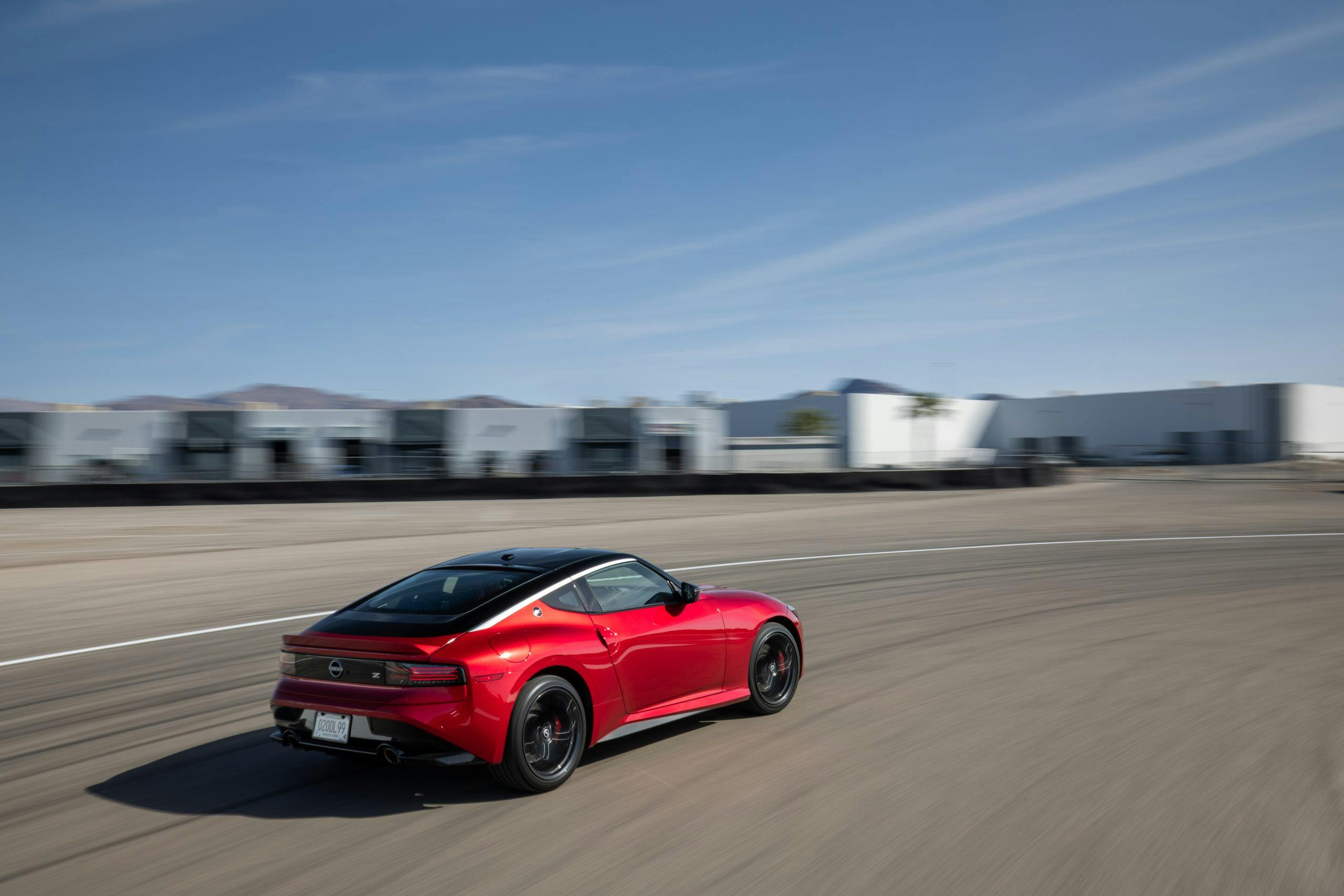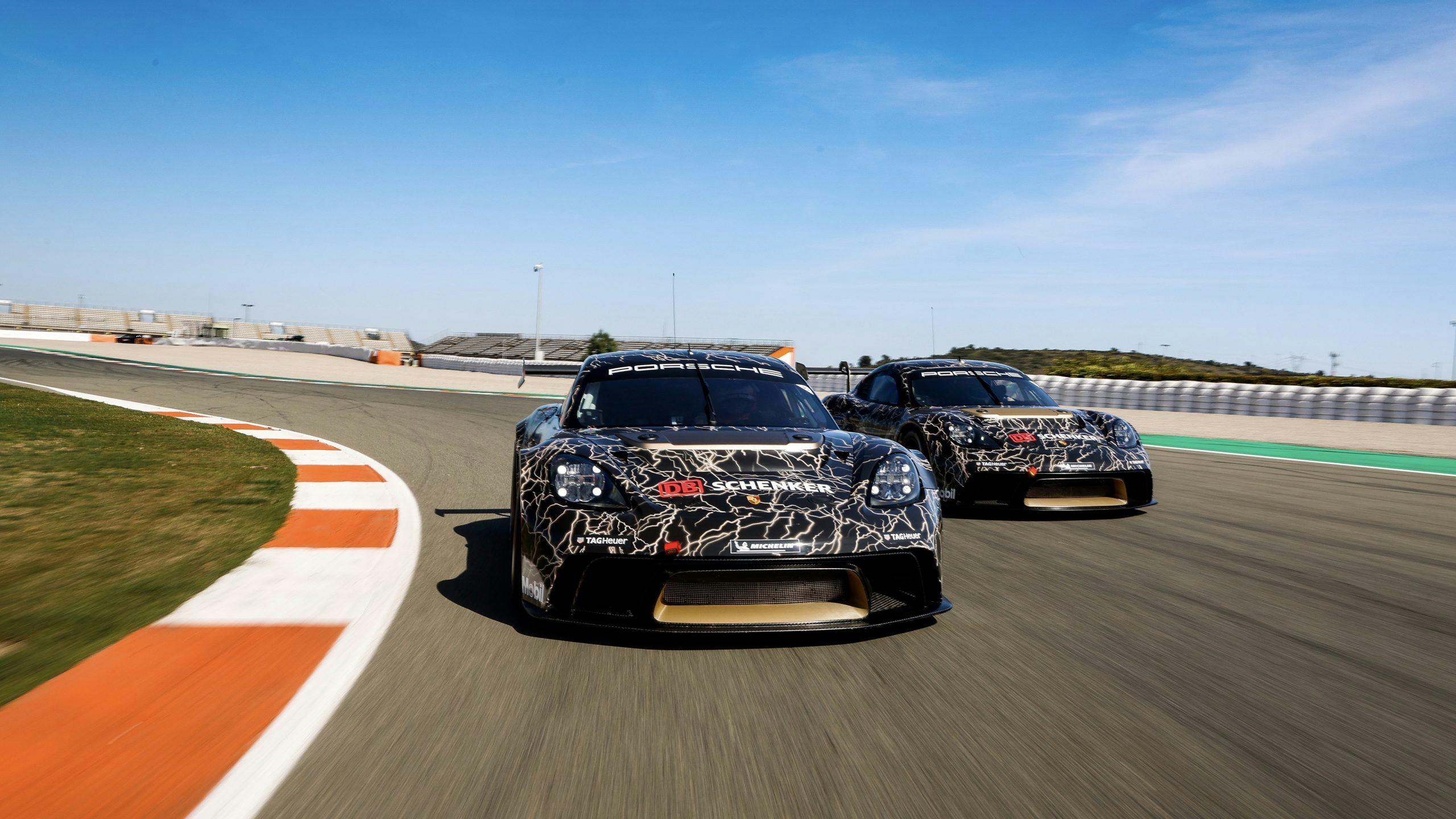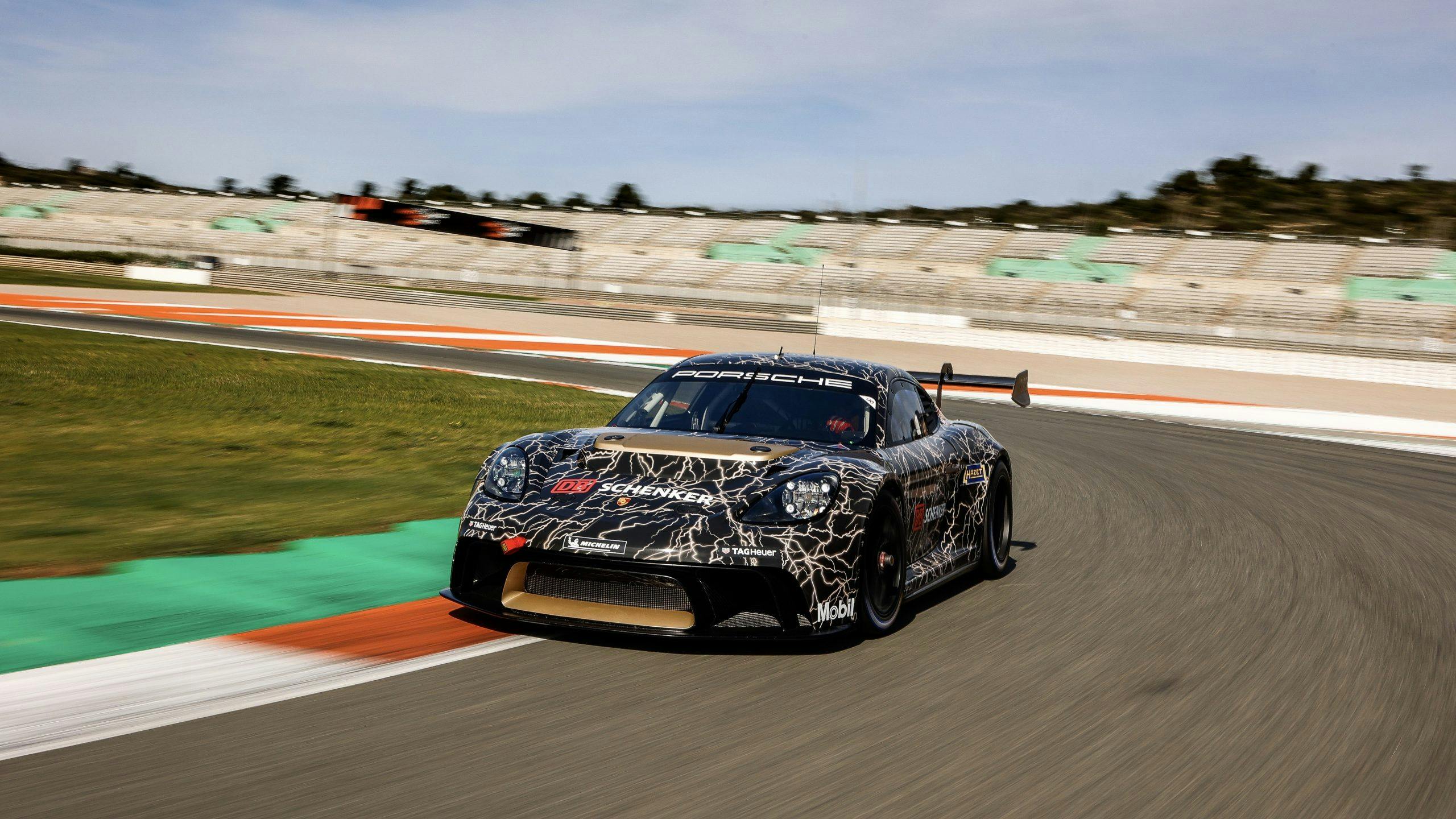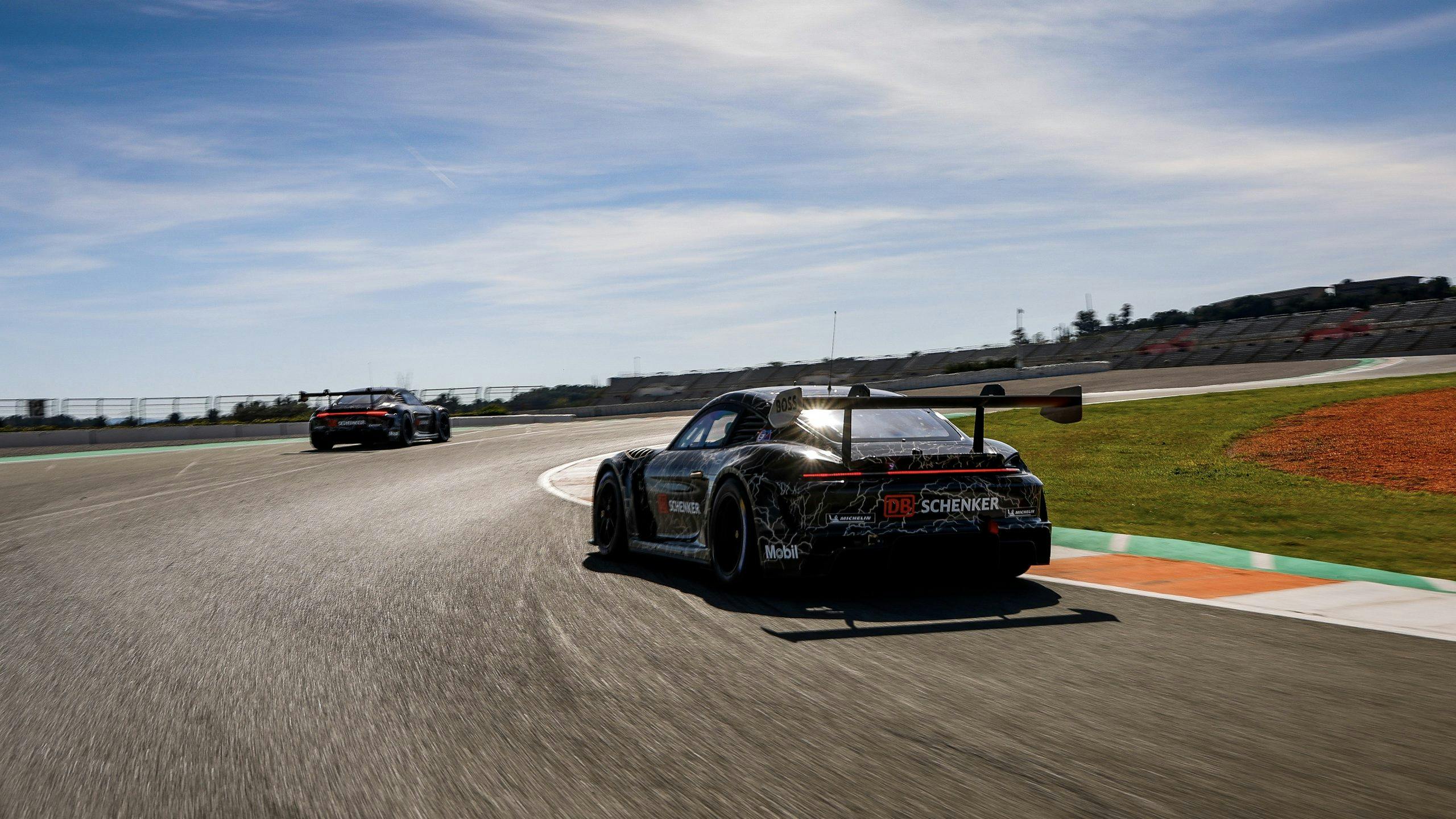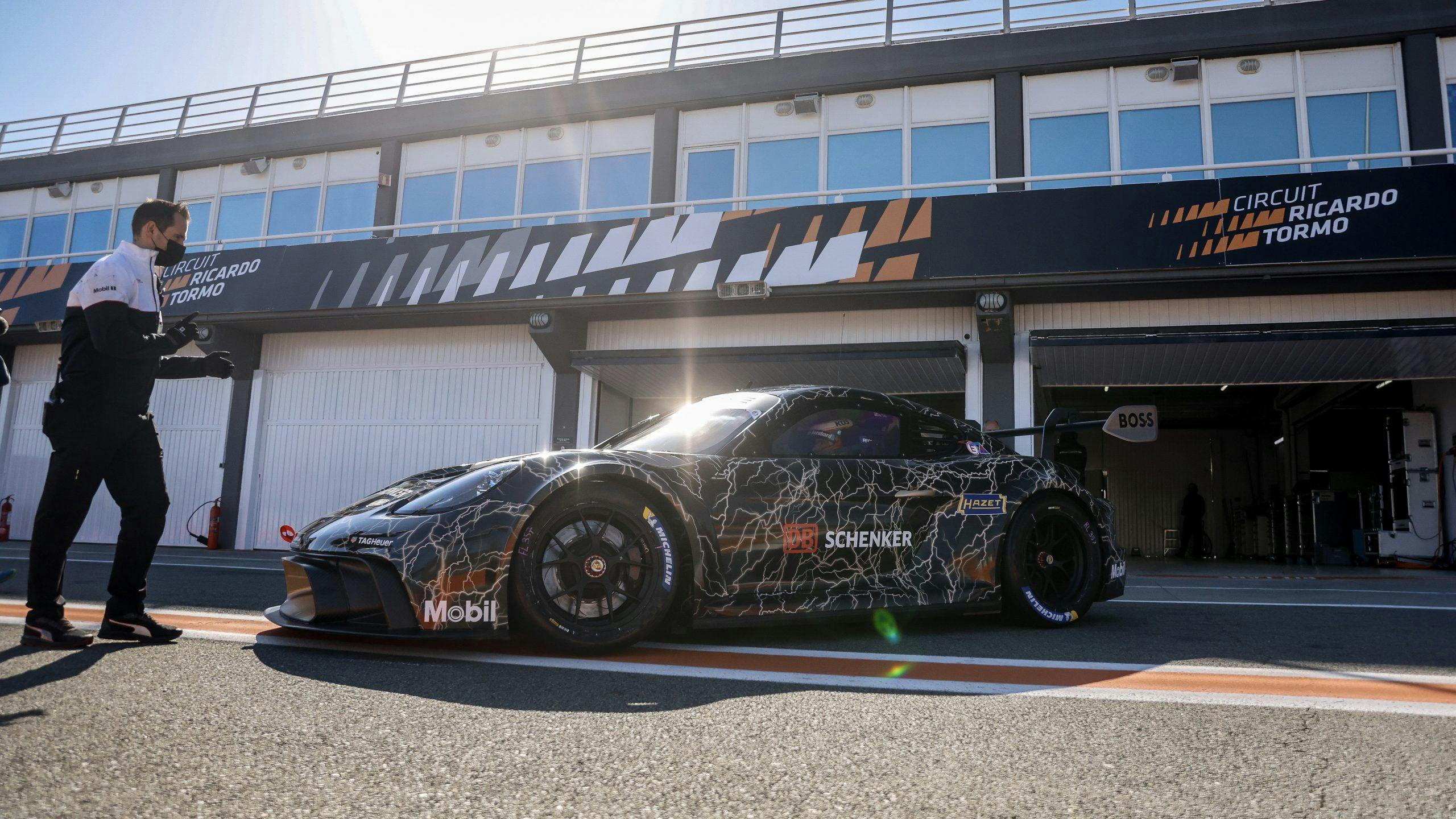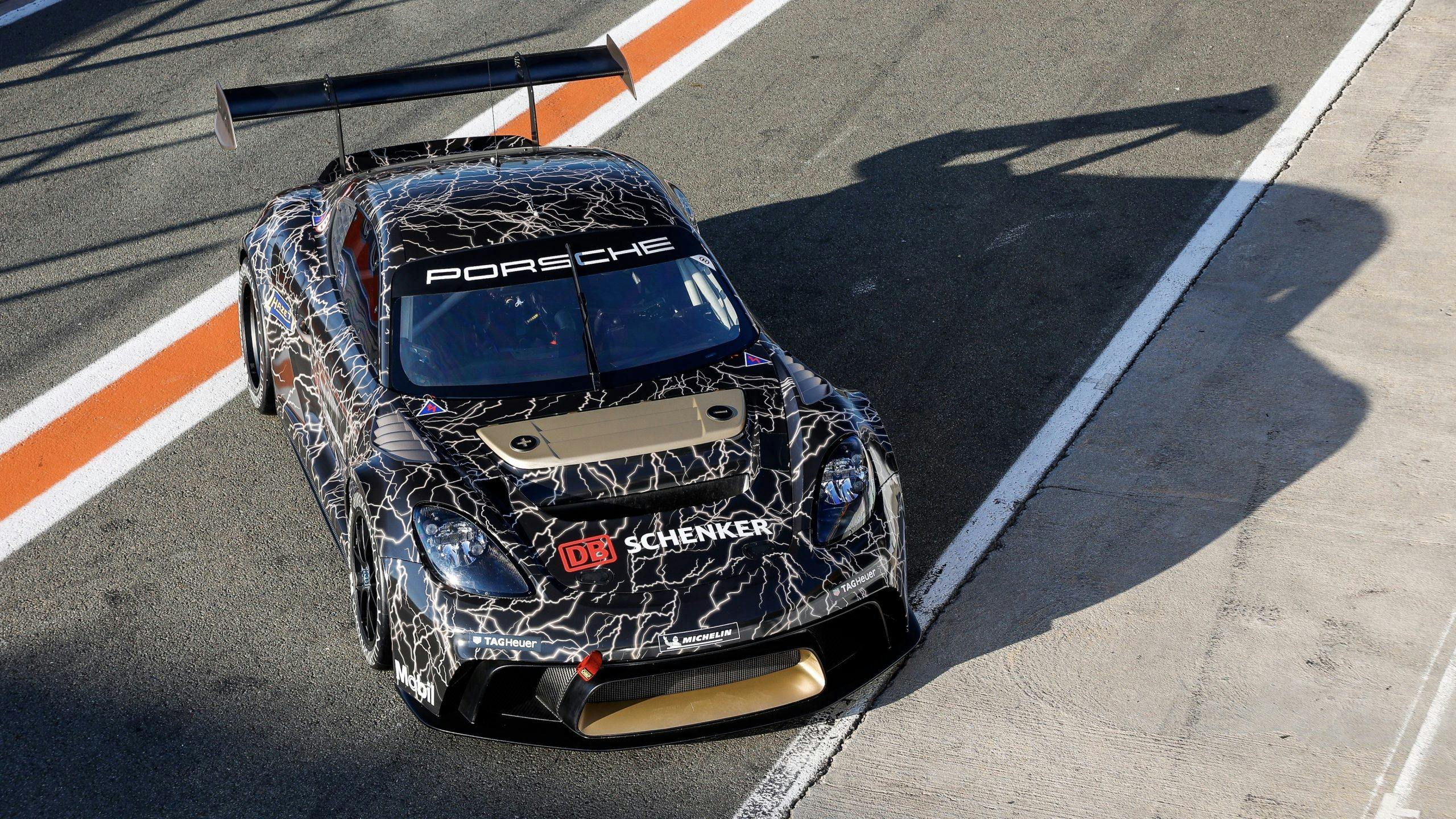New Z beats Supra on price and power, Leclerc bends Lauda F1 car, do gold cars suffer in resale?
Nissan’s new Z beats Supra for value, can’t best 5.0 Mustang
Intake: 268 days after we first saw the reborn Z car, we finally know what it’s like to drive … and how much it will cost. The 2023 car ditches the numerals of its 300, 350, and 370 predecessors entirely and comes in two specifications. Both Sport and Performance come with the same 3.0-liter, twin-turbo V-6 in 400-hp tune, paired either to a six-speed manual or an automatic. To Nissan’s credit, there’s no upcharge for either gearbox, regardless of trim: The Sport starts at $41,015 and the Performance at $51,015. The additional 10 grand gets you 19-inch wheels clad in 240-treadwear Bridgestones and hiding larger brakes, plus a clutch-type mechanical limited-slip diff and rev-matching for the manual (automatic cars get unique shifter paddles). No, Nissan won’t let your cherry-pick the uprated brakes or the LSD for the base car. If you like your rear-drive performance Japanese-flavored, the base Z is a powerful argument against the BMW-engineered Supra, which has just 255 hp in base form and costs $3K more than the 400-hp Nissan. The margin narrows when comparing the 3.0 Supra with the Z Performance: The Toyota costs just $1100 more but gives up 18 hp to the Nissan. Willing to consider a few extra cylinders? A manual, 5.0-liter Mustang brings 50 more ponies to the party for $2345 less than the base Z.
Exhaust: Pricing aside, you want to know whether the new Z fits you and your driving style. We drove it on track and street: Read our full-length review here.
This Autocar coal truck might be the world’s hardest-working pickup
Intake: Just one look at this 1916 Autocar coal truck tells you it means business: solid rubber tires, 14-pack leaf spring out back, and a big radiator that acts as a dashboard. Jay Leno likes getting this truck out from time to time, though it no longer needs to earn its keep. Capable of hauling 2.5 tons of material, it was used as a delivery truck in its early life. Now it stands as a great example of early trucks and their key selling points: Reliability and capability. Speed? Not so much.
Exhaust: In the early days of the automobile, its main competition was livestock. Horses can pull a cart all day if fed, watered, and well trained. Getting an early engine to do the same was no small feat. This explains why so many early engines were overbuilt, often to what seems a comical degree today. Leno is right when it comes to this engine’s ability to run for hours on end. Just look at the robust cooling system and how under-stressed the engine is. It might not be delivering coal anymore, but if this Autocar ever needed to, I think it would be ready to go right back to work.
F1 driver Charles Leclerc stuffs ex-Lauda Ferrari into wall
Intake: Last weekend, during the annual vintage exhibition at Monaco, current Formula title contender—and hometown boy—Charles Leclerc backed the Niki Lauda–driven 1972 Ferrari 312B3 open-wheeler into the barriers outside of the La Rascasse hairpin. Following the spin, the Monegasque driver quickly threw up his hands and disbelief and looked down at the pedals. According to motorsport.com, Leclerc was overheard saying, “I lost the brakes. I lost the brakes! I braked, the pedal was hard, and it went to the floor.” Earlier this morning, a photo published by autosport.com (and embedded below) reveals shards of the Ferrari’s left front brakes exiting under the side pod, shortly before the crash. Once the young driver regained composure, he was able to drive the wounded Ferrari back to the paddock despite the crumpled rear wing. The flat-12 powered grand prix star that Leclerc spun is owned by Methuselah Racing, an outfit based in Cologne, Germany.
Exhaust: Following the wreck Leclerc dispensed the tweet: “When you thought you already had all the bad luck of the world in Monaco and you lose the brakes into rascasse with one of the most iconic historical Ferrari Formula 1 car.” The incident is yet another notch in the young driver’s cursed history at the famed street course. In 2021, Leclerc qualified on pole for the Monaco Grand Prix. While trying to better his time on the proceeding lap, he crashed his Ferrari, rendering the car unable to compete on race day. Stuffing a vintage Lauda car into the wall is never a good thing, but maybe—to the optimistic Leclerc fanatic—last weekend’s crash expunged the last of Leclerc’s bad luck ahead of the modern Grand Prix this month.
Charles Leclerc suffered brake failure when he crashed a Ferrari 312B3 at the Monaco Historic GP
Here’s the full story and exclusive photos ⬇️https://t.co/NtGoViV4Rn
— Autosport (@autosport) May 16, 2022
Mission R–based prototype previews electric Cayman spec series
Intake: Remember that 1100-hp, all-electric concept racer that Porsche announced last year? Porsche’s begun track-testing that dual-motor setup and its supporting 900V architecture in a Cayman GT4 Clubsport chassis. Dubbed the 718 Cayman GT4 ePerformance, this all-wheel-drive prototype (or pair of them) boasts comparable output and charging stats to the initial Mission R study: 986-plus hp in qualifying mode, available only for a few laps, and 604 hp sustainable for 30 minutes (aka race mode). The battery pack can be zapped from 5 to 80 percent charge in roughly 15 minutes. The GT4 ePerformance also cribs the Mission R’s coolest feature: The batteries and e-motors are both cooled internally via a proprietary oil. Though 6000 parts are unique to this electric Cayman racer, Porsche initially developed this direct-cooling setup for the 919 Hybrid racers with which it last won the 24 Hours of Le Mans, in 2017.
Exhaust: There’s real tech transfer here as Porsche reinvents a spec-racing Cayman to parallel the next-gen 718 models, which will adopt all-electric running gear by mid-decade. Turn-key race cars like the 911 GT3 Cup and the Cayman GT4 Clubsport are extremely lucrative for Stuttgart, which sells more factory-prepped racers to customers than any other production-car manufacturer. This GT4 ePerformance indicates Porsche’s deep investment in a risky move: Executing an electric racer that delivers on the virtues of its combustion-powered spec-racing offerings: high durability and easy serviceability.
Delage wants to ’Ring up the ultimate lap time

Intake: Born-again French hypercar brand Delage is seeking to snatch the fastest production car Nürburgring lap record from Porsche. The company’s $2.3 million D12 looks every inch the racer with its styling as close to a Formula car as you’re ever likely to see on the road. The closed cockpit has a central driving position and a tandem jump seat for a brave passenger who will be squeezed right up against the car’s mid-mounted V-12 engine. Internal combustion produces 990 hp, while there’s an additional electric boost of 110 hp to bring the total to 1100 horses. With a dry weight of just 3000 pounds, the D12 is said to reach 62 mph from rest in 2.6 seconds and top out at 224 mph. The monocoque and even the wheels are carbon fiber, suspension is by an inboard contractive system as featured in F1 and, on that subject, the car has been set up by 1997 World Champion Jacques Villeneuve who will also be on hand to offer driver coaching to the 30 buyers.
Exhaust: To beat Porsche, Delage will have to better six minutes 38.835 seconds set by Lars Kern in 2021 driving a 911 GT2 RS with a Manthey Racing performance kit., which adds aero and braking performance, reduces weight a tad but doesn’t add to the car’s 700 hp. With the Delage’s insane power output and race-car spec it looks like a shoe-in for the ‘Ring record. We’ll find out next year.
Are gold cars bad investments? It’s not black and white

Intake: Gold cars are the steepest depreciators among late-model vehicles, according to a study by iSeeCars. Number-crunchers looked at the prices of more than six million new and used cars between 2017 and 2020, and data mined to discover that of 13 popular colors gold ranked last with a three-year depreciation of 45.69 percent. By contrast, yellow cars fell just 20.4 percent over the same period. “Yellow may not be a widely desired car color, but there are enough people who want yellow, versus the number of yellow new cars being ordered, to make yellow cars more desirable than others on the used market,” explained iSeeCars executive analyst Karl Brauer. Rare hues of beige and orange made up the top three while silver, white, and black came in eighth, ninth, and tenth.
Exhaust: It’s worth pointing out the vagaries here. Where does beige end and gold begin, for example? What criteria did iSeeCars use to suss out these “rare” shades, and did it account for gold-toned shades branded by the OEM as silver? The survey doesn’t account for make or model, either, so we don’t know whether more colorful (blue, green, red, yellow) cars tend to be enthusiast vehicles. These trivia tidbits aren’t quite so black and white.
